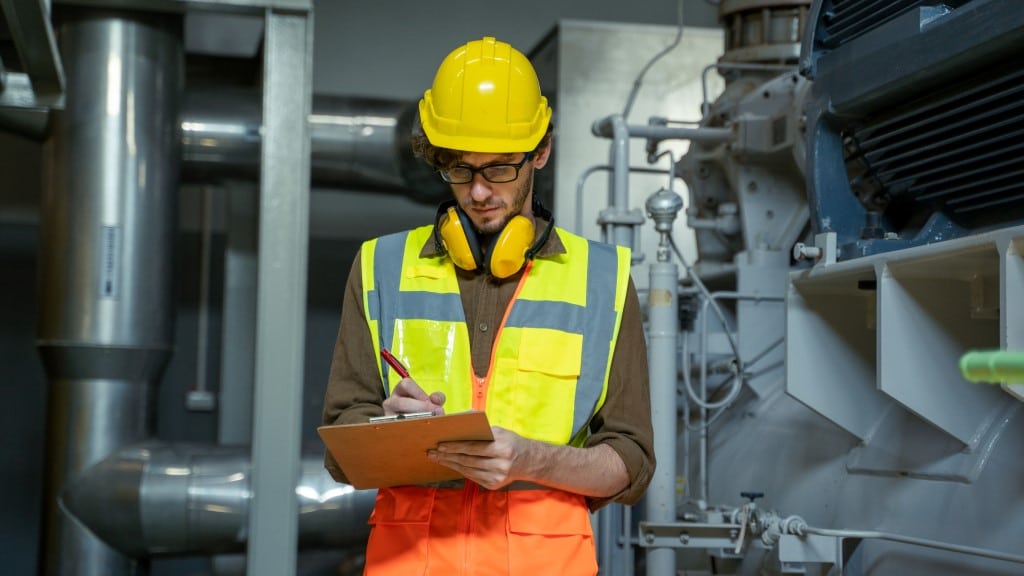Health and Safety manifesto highlighted by IOSH
- June 10, 2024
- 11:46 am


Iain Hoey
Share this content
Changes since 2019 and their impact on workplace safety
As reported by IOSH, significant changes have occurred since the last UK General Election in 2019.
The Covid-19 pandemic, the UK’s departure from the European Union, and the acceleration of climate change have all influenced workplace dynamics and safety.
These factors have led to various impacts on the health and safety of workers.
Keith Hole of The Safety Man, in the second of a blog series by OSH professionals leading up to the General Election, discussed the emerging risks that workers face.
He emphasised the importance of considering these risks in light of the upcoming election, as outlined in IOSH’s manifesto Safer, Healthier, Happier.
Emerging risks in the modern workplace
Hole highlighted that one of the primary concerns is the rise of psychosocial hazards due to changing workplaces.
Remote working has blurred the lines between work and personal life, increased isolation, and led to a lack of ergonomic home office setups, resulting in stress, burnout, and musculoskeletal disorders.
Additionally, Hole noted that the modern work environment has become more sedentary, reducing physical movement between tasks.
The gig economy and non-traditional work arrangements also contribute to mental health issues due to less job security, fewer benefits, and unclear responsibilities.
The UK Government has responded with PPE regulations requiring casual workers to have the same protection as direct employees.
Technological and demographic shifts
Hole pointed out that new technologies, such as automation and robotics, present both opportunities and risks.
While robots can perform dangerous tasks, human-robot interactions must be carefully managed to avoid accidents.
Automation can also lead to job displacement, causing stress and uncertainty among workers.
Hole also mentioned demographic changes in the workforce as another factor.
An ageing workforce requires ergonomic adjustments and chronic health condition management, while younger workers need tailored approaches due to their lack of experience and ongoing development.
Specific guidance, such as that provided by the British Standards Institute on menopause, may be necessary to address these issues.
Environmental considerations in workplace health and safety
According to Hole, climate change introduces new hazards, particularly for outdoor workers, through extreme weather events and rising temperatures.
These risks must be integrated into risk assessments and management systems.
Additionally, the transition to a greener economy may bring unforeseen risks that need to be addressed.
Hole concluded that it is essential for the next Government to prioritise the management of new and emerging health and safety risks to protect workers effectively.

